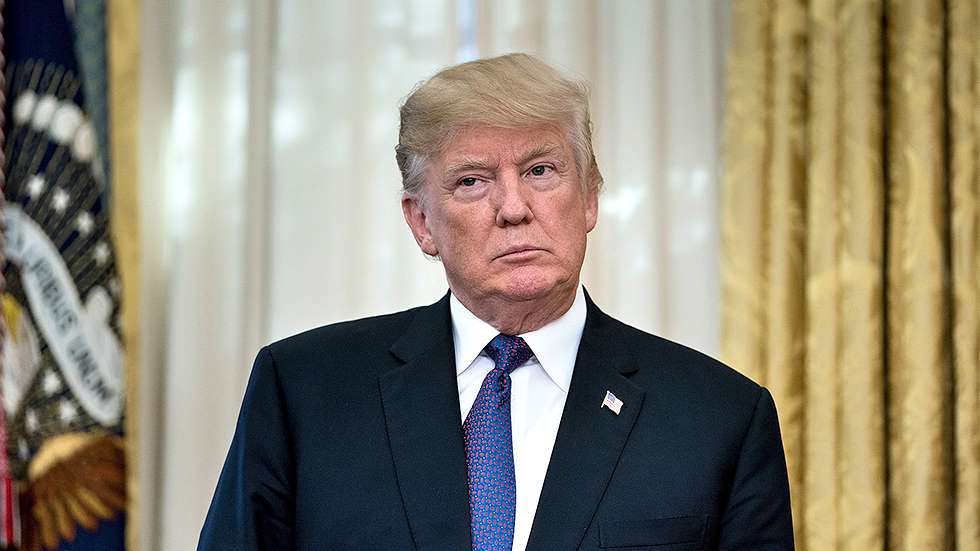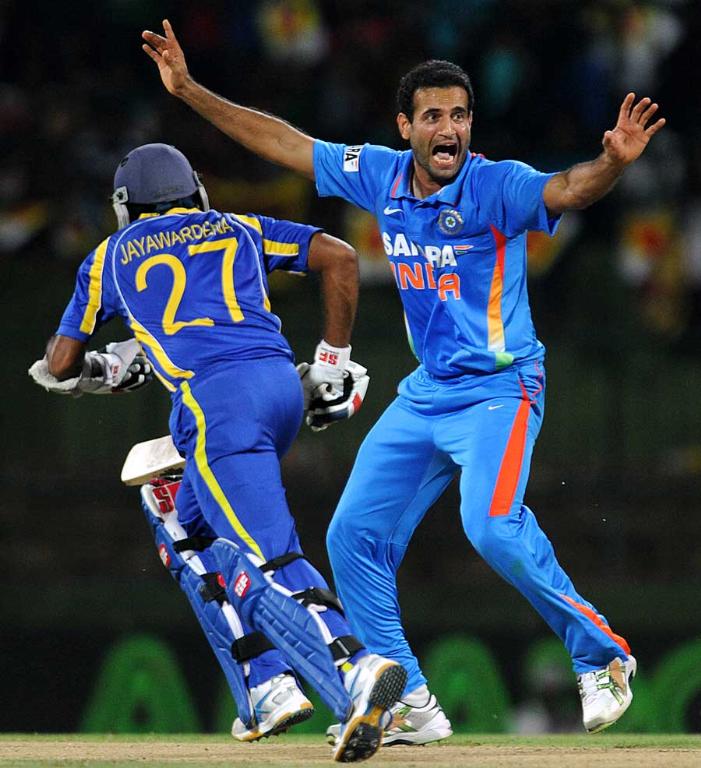December 27, 2012
New Delhi — Civil aviation in India hit further turbulence in 2012 as the stubbornly high jet fuel prices, interest costs and strikes troubled the financially-stretched industry. The grounding of Kingfisher Airlines exemplified matters.
Civil Aviation Minister Ajit Singh's efforts to pull the industry out of the crisis and allow foreign airlines to pick stakes in Indian carriers also proved too little too late as taxes on fuel, airport charges and an economic slowdown made the measure ineffective.
December 27, 2012
New Delhi — Civil aviation in India hit further turbulence in 2012 as the stubbornly high jet fuel prices, interest costs and strikes troubled the financially-stretched industry. The grounding of Kingfisher Airlines exemplified matters.
Civil Aviation Minister Ajit Singh's efforts to pull the industry out of the crisis and allow foreign airlines to pick stakes in Indian carriers also proved too little too late as taxes on fuel, airport charges and an economic slowdown made the measure ineffective.
The slew of government reforms such as a "turnaround" package for Air India, allowing domestic carriers to directly import fuel, renegotiations on bilateral air rights and the permission to foreign airline could not stabilize the situation.
"Overall, 2012 has been a mixed bag with long-term reforms and medium- term pain," said Amber Dubey, partner and head-aviation at global consultancy KPMG.
"Yet, for India, with an air travel penetration of just 48 trips per 1,000 population, steadily growing economy and rising aspirations, the long term outlook remains positive," Dubey told IANS.
According to him, further growth will take place provided radical reforms are undertaken in areas like sales tax on jet fuel, promotion of tier-II and III airports and time-bound implementation of airport projects in Navi Mumbai, Goa and Agra.
Yet, as the year draws to an end, there is some glimmer of hope for the beleaguered Jet Airways and Kingfisher — they are in the process of attracting some capital infusion from a Middle East-based airline.
But the events that hogged headlines were the strikes in Kingfisher Airlines and the state-run Air India that left thousands of passengers stranded across the country.
Kingfisher faced many flash strikes and the last one led the Director General of Civil Aviation, the sector's regulator, to move towards suspension of its licence, till such time as the Vijay Mallya-led carrier comes out with a credible plan to restart operation.
Anxious employees, lenders and other vendors, whom the company owes millions of dollars in dues, waited for a restart of the airline with help from a foreign airline. The state-run carrier, on other hand, was reeling due to mistakes committed in the past.
Integration problems between Air India and erstwhile Indian Airlines employees erupted, with a section of pilots staging the second longest strike in the history of the airline over the absolute right to operate the company's newly acquired 787 Dreamliner aircraft.
The situation stabilized later with the intervention of the government and court. The airline finished November with the second largest domestic market share of 20.7 percent. It has also been paying employees and banks on time.
Passenger traffic in the year under review dipped year-on-year to 2.94 percent between January-November when compared to the corresponding period of 2011.
Indian carriers flew 55 million domestic passengers between January and November against 46.8 million in the like period of last year.
"The decrease in passenger traffic is primarily due to the decrease in capacity, as Kingfisher withdrew its services," said Sharan Lillaney, sectoral analyst for Angel Brokerings.
"The growth in passenger traffic will be high when 2013 results (traffic) will be compared to 2012, as other airlines like IndiGo and SpiceJet increase capacity. Indian aviation is at an infliction point and there is going to be an exponential growth."
For the ensuing year, the government is planning to focus on providing greater connectivity to smaller cities where the growth potential is high and setting up a Civil Aviation Authority (CAA), replacing the DGCA.
The ministry would also try to get jet fuel under the Petroleum and Natural Gas Regulatory Board (PNGRB), thereby ensuring transparency in prices, which are hiked due to addition of 3-33 percent tax levied by states.
And the International Air Transport Association (IATA) predicted the country would become the second fastest growing aviation market in the world by 2016.
India, said the IATA, will have the second highest growth rate at 13.1 percent CAGR (compounded annual growth rate), adding 49.3 million new passengers.
Highlights of India's aviation industry in 2012:
- High fuel prices, interest cost, other taxes hurt the profitability of the sector
- Aid to Air India worth Rs.30,000 crore ($5.5 billion) announced
- Domestic carriers allowed to import jet fuel directly as end users
- Renegotiation on foreign flying rights starts
- Government allows foreign carriers' capital into domestic airlines
- Air India hit by its second longest strike, lasting around 60 days
- Kingfisher hit with several flash strikes
- Regulator suspends Kingfisher's operating licence
- Government plans to give a major boost to regional airlines, increase connectivity.
Courtesy: IANS (Rohit Vaid can be contacted at rohit.v@ians.in/biz@ians.in)
















































































































